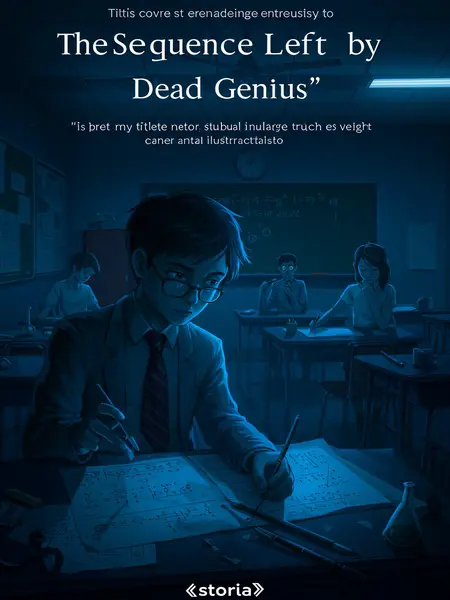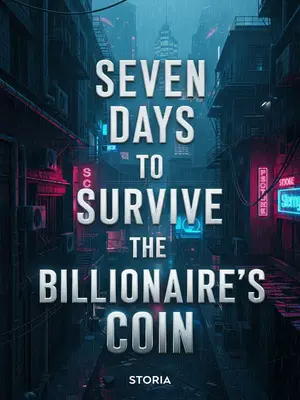Chapter 1: The Sequence
The sequence fill-in-the-blank question—2, 15, 40, 77, 165, __—wasn’t just another exam problem. It was the dying message of Alex Carter, our school’s top student. After finishing the last brutal math problem on the high school entrance exam, Alex scribbled those numbers on his answer sheet, then climbed out the classroom window and jumped, ending his life with a final, silent punctuation mark.
The tragedy happened during the 2004 high school entrance exams, with mathematics as the last subject. That year’s math test was infamous—so difficult that even some teachers proctoring the exam shook their heads in disbelief. Yet in the crowded exam hall, only Alex Carter, always the kid at the top of the honor roll, seemed unfazed. He breezed through the paper, calmly filling in every answer, right down to that final sequence.
Half an hour before the bell, Alex put down his pen, climbed out the window, vaulted the railing, and dove off the building—his body arcing through the air like a fish leaping from water. Screams erupted, panic surged, and chaos swept the room. The top student had jumped. His skull was shattered. He died instantly.
He’d even shielded his chest midair, ensuring his head hit first. The security cameras caught it all. I’ve seen my share of crime scenes as a cop, but watching Alex Carter’s final moments on grainy mall security footage still chills me to the core. How does a ninth grader find that kind of resolve? How did he stay so eerily calm?
But the more I learned about Alex, the clearer it became—this case was different. Complicated. Alex Carter was a prodigy, a math Olympiad champion with a shelf full of trophies. He’d already been pre-admitted to Chicago Central High; the entrance exam was just a formality. When the district rushed to grade his test after the tragedy, his scores were staggering: English 125, Math 150 (a perfect score), Reading 141, Physics 120 (again, perfect), Chemistry 99, Social Studies 95. Easily top five in the city. There was no way the exam had broken him.
Yet after finishing that last math problem, he’d left behind the sequence: 2, 15, 40, 77, 165, __. His last words, inscribed in numbers. Whatever the code meant, it was tied to his death. We sent the problem to the city’s best math minds, but even they couldn’t crack it.
Word was supposed to be kept under wraps, but in a small Midwestern town, secrets are rare. A straight-A student with a perfect record jumps, leaving behind a cryptic math puzzle—it was all anyone could talk about. Theories ran wild: Was it organized cheating? A depraved teacher? Supernatural forces? Rumors spread like wildfire.
Later, we discovered Alex’s medical records—he’d been treated for depression. The case was ruled a suicide due to mental illness, and the gossip faded. I thought it was over. I was wrong. Alex Carter’s death was just the beginning. Something bigger was lurking in the shadows.













